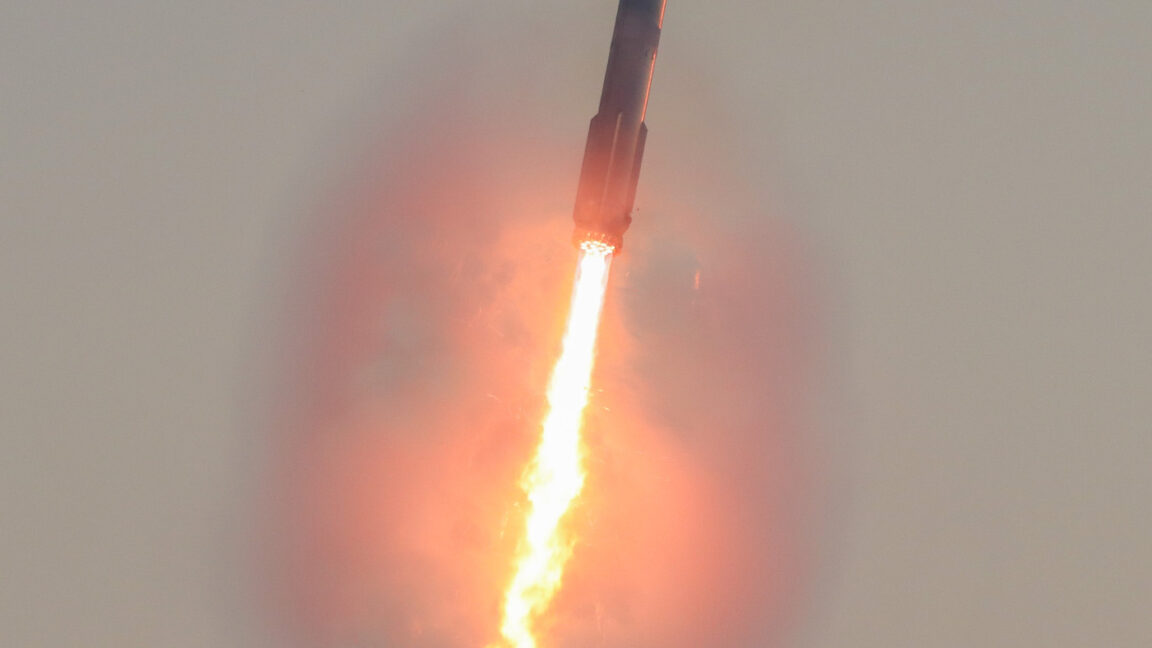Let’s say you want to make a documentary about a complex and important topic. You could spend a lot of time on research—developing a complete picture of things, identifying scientists to interview, and figuring out how to give viewers the context necessary to understand the most nuanced issues. Or, you could just go point your camera at stuff until you have an hour and 40 minutes of footage, lay down a voiceover, upload that baby to YouTube, and call it a day.
Planet of the Humans, a documentary made by Jeff Gibbs and Michael Moore, falls into the latter category.
The topic of the film—released on YouTube just before Earth Day to throw shade on what it views as a corporate takeover of the day—is green energy. But if you’re thinking you might learn something about green energy from a film-length treatment of the topic, think again. The basic formula is this: Gibbs reveals that he once thought renewable sources of energy were fairy-dust perfect, with no environmental impact of any kind, but he learns that there is some impact and so declares that they are as bad as or worse than fossil fuels.
The cycle of life
There is an entire field of science dedicated to what is called “Life Cycle Analysis”—estimating the cradle-to-grave impacts of mining for, manufacturing, using, and disposing of things like solar panels or electric vehicles. That science makes exactly zero appearances in Planet of the Humans. Instead, we are treated to a series of “revelations” that most people should be well aware of. Fossil fuels are still used to manufacture and bring us wind turbines! Raw materials are mined to make electric vehicle batteries! Solar panels don’t last forever and are eventually replaced! Although Tesla says its Gigafactory is generating renewable electricity to cover 100 percent of usage, it’s connected to the grid by power lines! Who are these statements surprising to? Demonstrably false claims come fast and furious. It’s said multiple times that fossil fuel plants have to “idle” all day to ramp up when solar or wind dips and that this is worse than simply running the fossil fuel plant all day instead. We’re similarly told that using grid storage batteries to smooth out supply from increased renewables makes things worse rather than better (because of battery manufacturing). And hydrogen? That can only be produced from petroleum, we learn, as if splitting water wasn’t the main argument for expanding hydrogen use. No math is done at any point, no data is shown for grid-total emissions over time, and no scientists are consulted to quantify emissions or compare different scenarios. Some of the information presented comes from Gibbs’ strategy of plying industry trade-show sales reps and environmental advocates with awkward questions on camera, then stringing together quick-cut clips of people admitting to downsides. The rest comes from Ozzie Zehner—an author of a book critical of renewable energy titled Green Illusions—who is also listed as producer of the film. Zehner is mostly used to explain how raw materials used in green tech are produced, making claims like “You use more fossil fuels to do this than you’re getting benefit from it.” That’s false. Really, really false. As you’d expect, solar and wind installations produce many times more energy over their lifetimes than was used to produce them, breaking even in a few months to a few years. And that means the lifetime emissions associated with these forms of generations are far, far less than for a gas or coal plant.If anyone out there watched @MMFlint's risible documentary trashing renewables because the construction of solar panels and wind turbines uses fossil fuels, you should know that their lifecycle impacts are tiny compared with either coal or gas generation: pic.twitter.com/PesmcdKMb1 — Zeke Hausfather (@hausfath) April 23, 2020The film spends no time on the potential for recycling or alternatives for industrial energy that could shrink the environmental footprint of manufacturing. Instead, the use of any fossil fuel today is treated like a Q.E.D. proof that the whole endeavor is a lie, and it’s on to the next straw man. In one almost impossibly lazy bit, Gibbs and Zehner visit a concentrated solar plant outside Daggett, California, but are surprised to see that the mirrors are missing. “It suddenly dawned on me what we were looking at,” Gibbs narrates. “A solar dead zone.” End scene. It took me less than a minute on Wikipedia to find out that this array, originally completed in 1985, was deconstructed for replacement in 2014-2015. A new photovoltaic array has been online since 2017. Planet of the Humans is an example of the way the ends of the political spectrum can sometimes wrap around and meet, because many of these same arguments are more commonly found on websites like Breitbart or Natural News. (Praise for the film has already appeared at Breitbart.) Those who reject climate science are eager to scoff at renewable energy with supposed proof that it’s all a scam. The motives here are obviously very different, but the tactic is the same.


